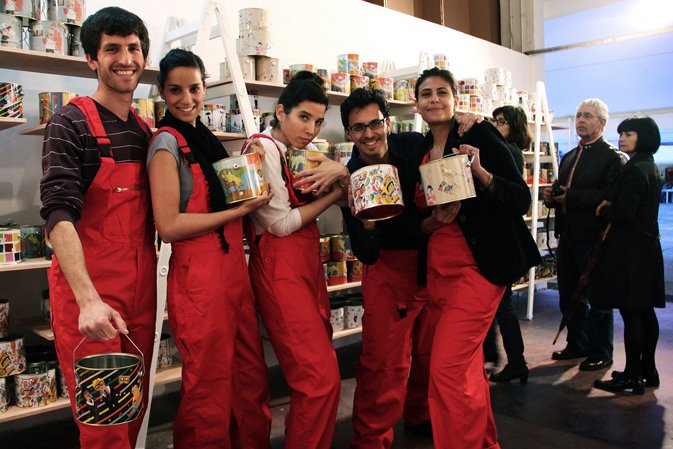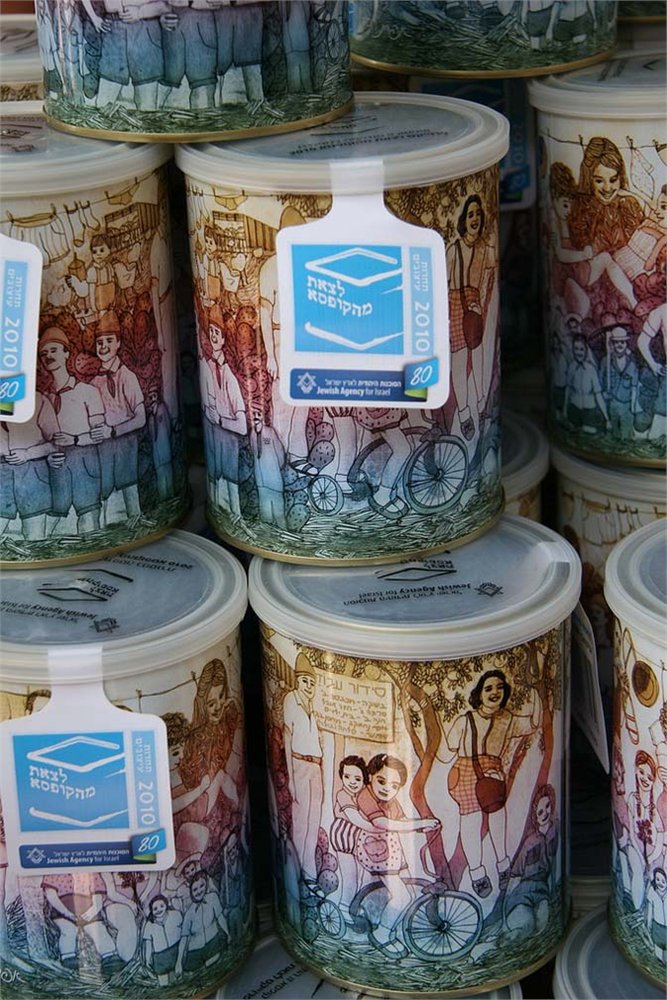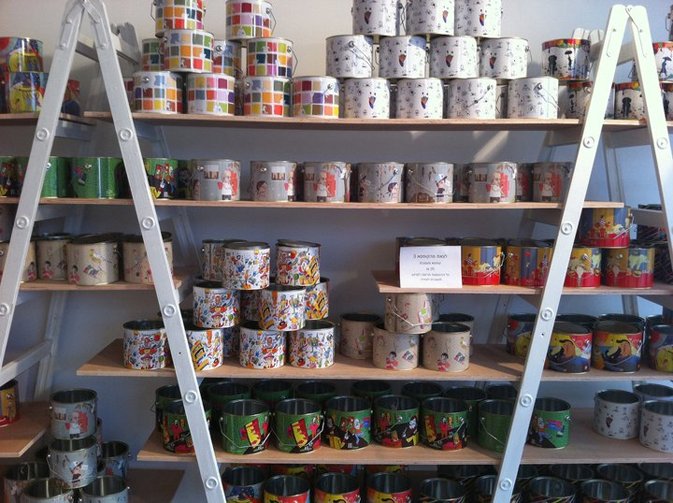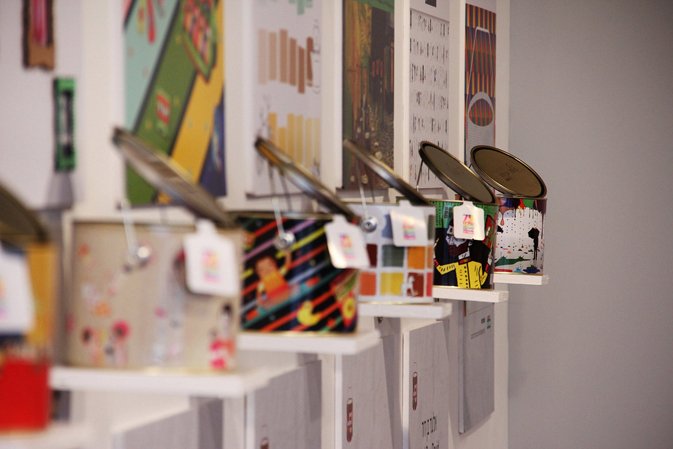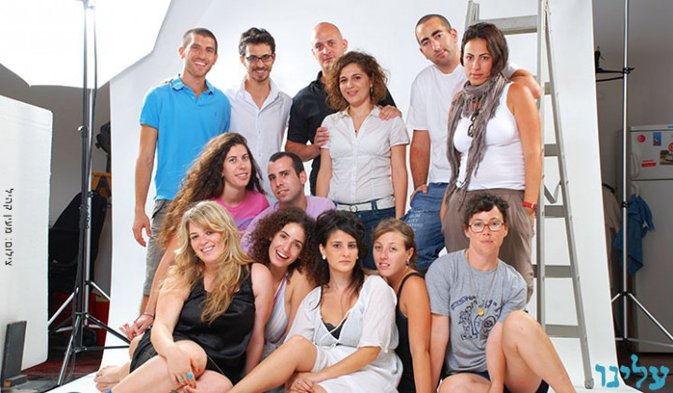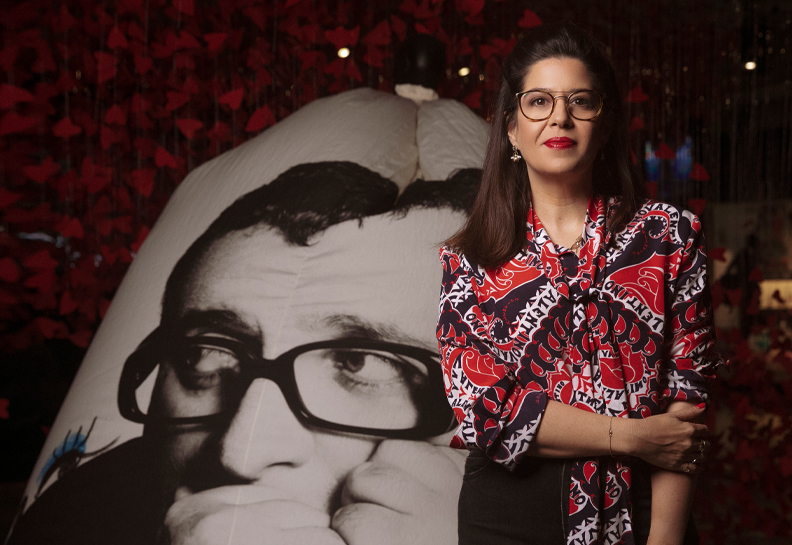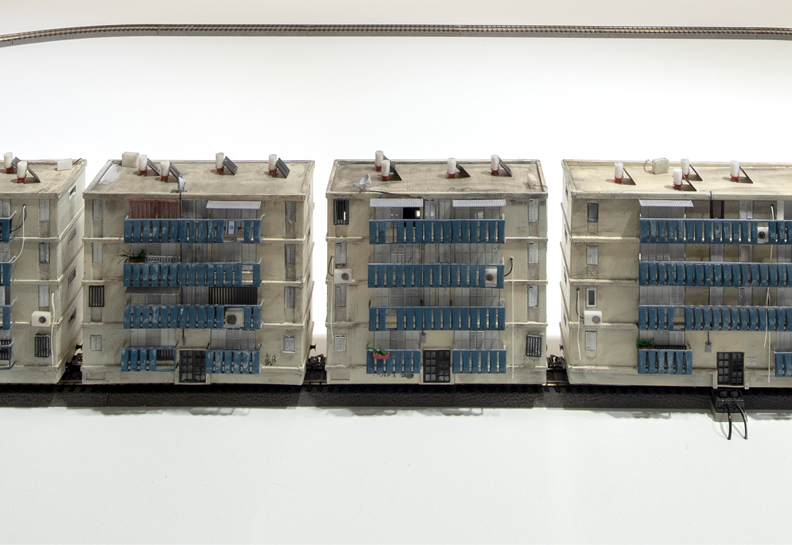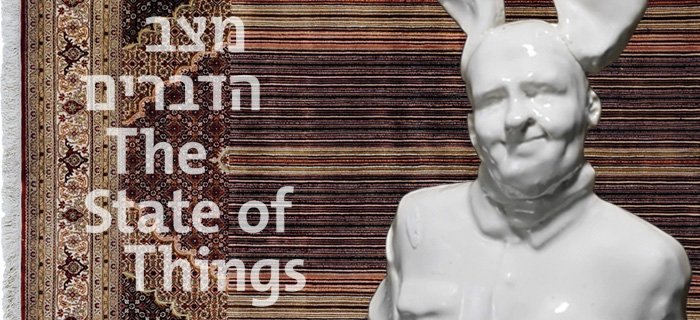Liron Hershkovitz, the director of Out of the Box, is a young man of twenty-six, who together with friends has over the last three years advanced social enterprise through design.
When speaking about non-profit organizations (NPOs), one usually imagines some kind of public figure with public mileage and a name associated with power, money, and an agenda that on paper at least gains wide public consensus. Liron Hershkovitz, director of ‘Out of the Box’, is not like that at all. A young man of twenty-six, who together with friends and friends of friends has over the last three years advanced social enterprise through design.
‘Out of the Box’ is an association of young people aged between twenty-four and twenty-nine, design and art aficionados, Green social and environmental activists, who out of a sense of mission decided to promote the field of design in Israel, change the status of designers, and bring about social change. Liron, the organization’s First Citizen, says: “I’ve always been a social activist and entrepreneur, even when as a schoolkid. The determining event that drove the whole process and the organization known as Out of the Box happened after my discharge from the army, when I saw Guy Maroz and Orli Vilnai-Federbush’s film, The Morals of Restitution, that was screened in 2007. As the grandson of Holocaust survivors the film moved and shocked me on a personal level, as well as on the public level when I saw how some Holocaust survivors live. I felt a need to do something about it.”
That need led to the organization of a wide-ranging donation campaign that gained public attention and raised half a million shekels to improve the life of some 30 Holocaust survivors. “The Holocaust survivors project was very intense and exciting. At its conclusion I felt a vacuum but also the need to do something else, fun, cool, that would enable me to exploit my ability to drive processes and people for the benefit of an important social aim,” Liron says.
About the Organization:With the official announcementof the organization as a public body came the need to define an agenda. The organization’s broad aim is to maintain society, and community, oriented endeavor. The organization believes in the power of design to be a vehicle with whose help ideas can be advanced for a better society, and to bring about social changewhile heightening awareness and promoting the field of design and those engaged in it. Continue reading >>
“One evening a few of the guys from the neighborhood were sitting and talking, and as we talked we got the idea of taking tin boxes – because everybody loves tin boxes – and combining them with design, and thus do something cool that would provide a platform for Israeli designers. We were young and naive and didn’t really think beyond the desire to do something fun and cool. We didn’t think into the future and about how we’d bring an idea like this to fruition. The idea was to combine the project with Tel Aviv’s centenary celebrations, but the road from idea to implementation was hard and attended by a steep and difficult learning curve. We tried approaching a lot of companies and organizations with the intention of harnessing them to the project, but without much success. After deliberating we decided to turn the tin box project into a fundraising one for the benefit of Kav Hazinuk (The Starting Line), an NPO I was active in, so that all the money raised would be donated – after covering expenses – to the organization. Through Kav Hazinuk we made contact with Michal Baram, the first angel, who promised us a huge billboard near the Kirya in Tel Aviv for a month, to advertise the project. The fact that we were able to offer advertising to the companies we approached was a significant factor in advancing the project. The next stage was finding a strategic partner, and after a few setbacks, disappointments and crises, we managed to persuade AM:PM to support the project.
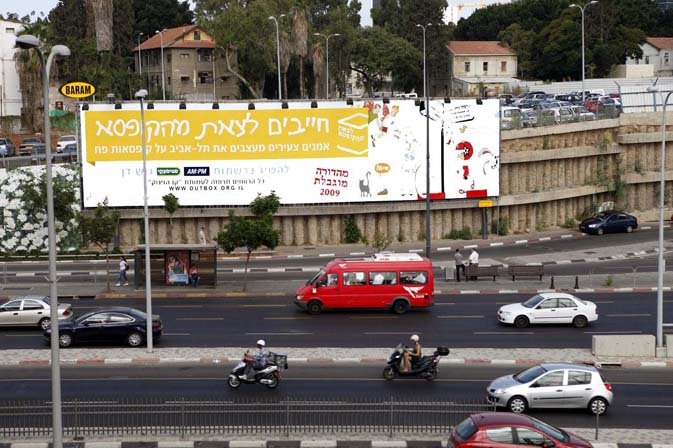
“With commencement of production in China we felt the need to make sure that the factory was not exploiting children and ensured decent working conditions. So one of the group who’s an El Al flight attendant got us a free ticket, and a friend who lives in China offered his help with accommodation, so we managed to fly there. The moment we saw the finished boxes was very exciting. I think it was only then that we started to realize what we had actually done. The second moment was when all 24,000 boxes arrived in the port in a container. That was also the moment we understood the need for preplanning, because to sell the boxes through marketing chains and raise the money, the boxes needed a barcode, and we hadn’t taken that into account…”This was further testament to Liron’s amazing fundraising ability and the enlistment of friends and friends of friends, all of whom set to work and in one week in the summer, 24,000 barcodes were affixed and fliers placed in all the boxes that were put on sale at AM:PM and Steimatzky.”The hype was hysterical and within a few months, with distribution being done by the guys on motorbikes and mopeds, close to 20,000 boxes were sold. The rest were sold by the organization with the help of the third angel, Yedidia Bar-Zvi, director of the Tel Aviv-Yafo Municipality’s “Dizengoff Creates” department. “At an event held on Ben-Gurion Boulevard the remaining boxes were sold at a rate of one a minute,” Liron says.
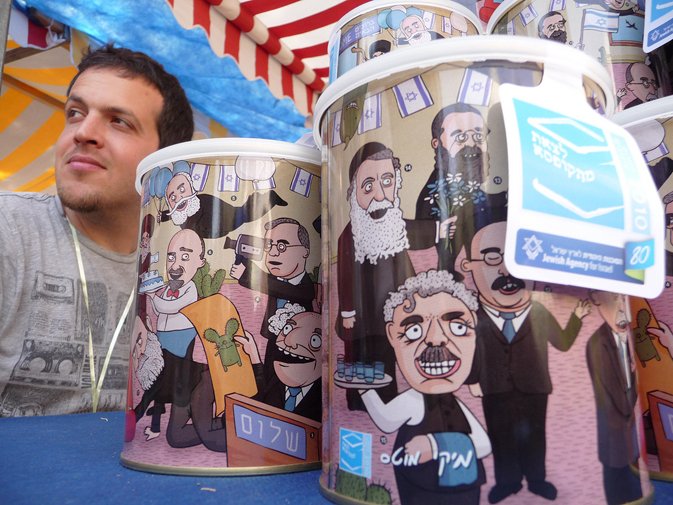
This year sees Out of the Box in its third year under the auspices of Tambour, and at the Fresh Paint fair held in April more than 3,000 boxes were sold. The money raised will go toward the Designers for the Future program operated by the organization at the Max Fein Vocational School in Tel Aviv. This is also the first year in which money raised in the annual Out of the Box project will go toward promoting the organization’s own activities and aims. Over its three years of activity the organization has raised donations totaling half a million shekels, and the scope of its activity is estimated at two million. Turning the organization into an official body came about from the understanding that for its endeavors and activities to be meaningful, and due to the need to enlist an external body that would provide financial support for its activities, a high standard of professional management is needed.
Finally, I ask Liron if he can think of one piece of advice for a tyro entrepreneur, and one for a designer at the start of his or her career.Liron thinks for a moment and starts to formulate two suggestions, but stops and asks, “Can it be one piece of advice for both?”Of course.”Most important is the togetherness. To collaborate and not be scared of doing things as a group. Togetherness is Out of the Box’s secret and its strength. The good people who all give something they’re good at for the benefit of a common endeavor. A group is power, this is the important enterprise. From the fun of common endeavor comes the success of the organization, which exists through support, understanding, an exchange of ideas, and partnership.””And what do you want to do when you grow up?””I’m already doing it, and I hope I’ll be able to carry on doing it all my life.”
